.jpg)
Agricultural tourism is becoming the top choice in many countries. In Vietnam, Lam Dong province, with its diverse natural landscape, temperate climate and unique agricultural strengths, is making strong strides to position itself on the international tourism map.

Located in Dong Gia Nghia ward, Gia An farm of Mr. Tran Quang Dong is a vivid proof of the trend of combining agriculture and tourism. With 10 hectares of mangosteen garden over 20 years old meeting GlobalGAP standards, this place is not only a clean agricultural production area but also a destination that attracts thousands of visitors every year. "I was surprised to see a cool green forest with a mangosteen garden full of fruit. I felt like I was entering a miniature tropical forest," Ms. Nguyen Van Anh, a tourist from Ho Chi Minh City, shared after the visit.
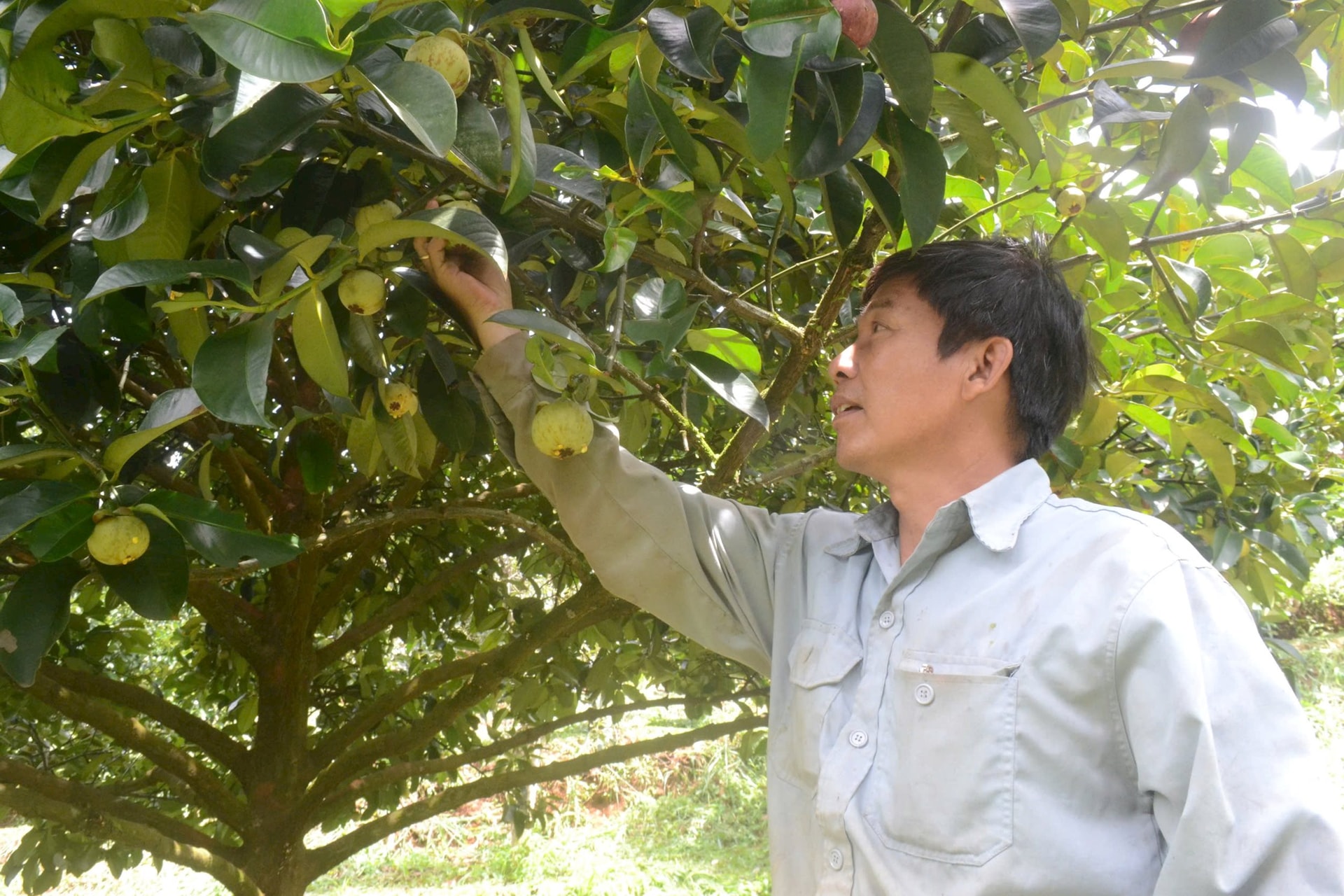
Initially focusing only on clean agricultural products, but with the rapid development of the tourism industry, over the past 10 years, Mr. Dong has proactively expanded his activities to welcoming visitors, creating a dual value of both economic development and ecological space conservation.
Mr. Pham Ngoc Ha, Director of Phu Cuong Ta Dung Tourist Company, Ta Dung Commune, shared: “The link between production, processing and tourism services is gradually forming a solid foundation for a professional agricultural tourism model. Products such as durian, avocado, coffee, dragon fruit, mangosteen, etc. are not only consumed locally but also deeply processed, increasing value, serving tourists and exporting”.
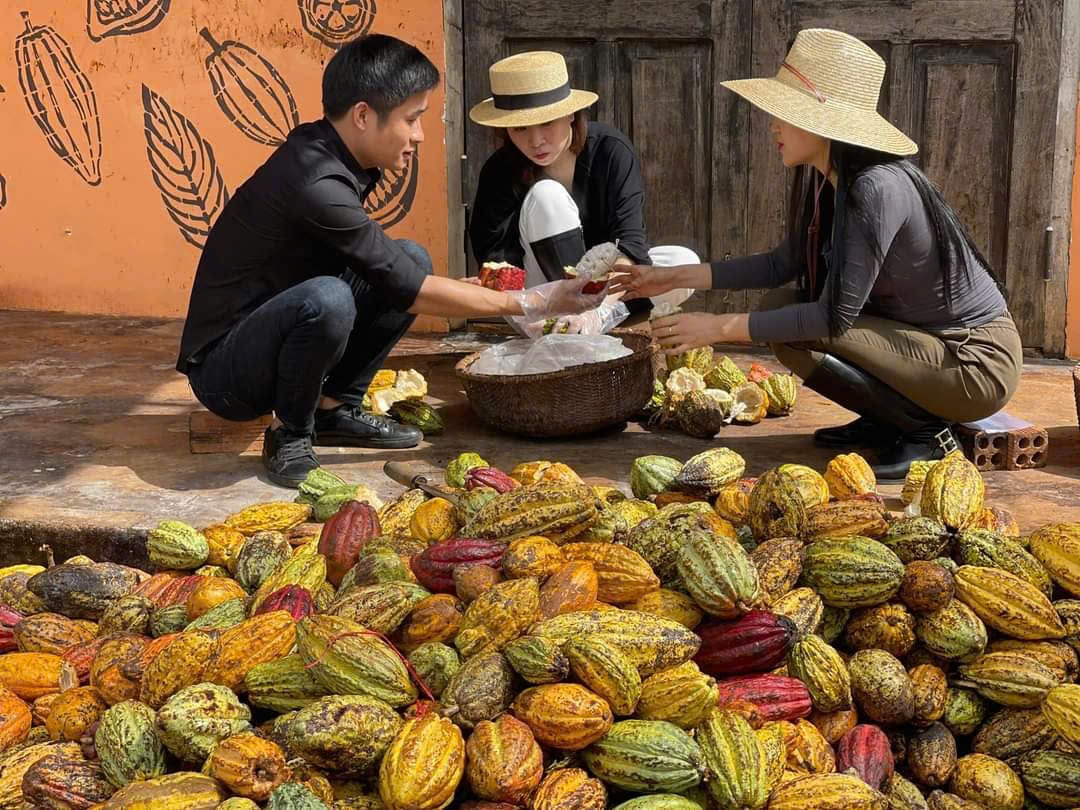
The connection between gardeners - businesses - tourists has been creating a dynamic agricultural tourism ecosystem in Lam Dong. According to expert Pham Thanh Tung, Deputy Director of the Institute of Agricultural Economics and Tourism, Lam Dong has all three "golden" factors to develop international agricultural tourism. Because Lam Dong has rich natural resources, typical agricultural products and diverse indigenous culture. In particular, combining agricultural tourism with Dak Nong UNESCO Global Geopark - home to the world's most magnificent volcanic cave system. Lam Dong can create tourism products with strong identity, difference and uniqueness.
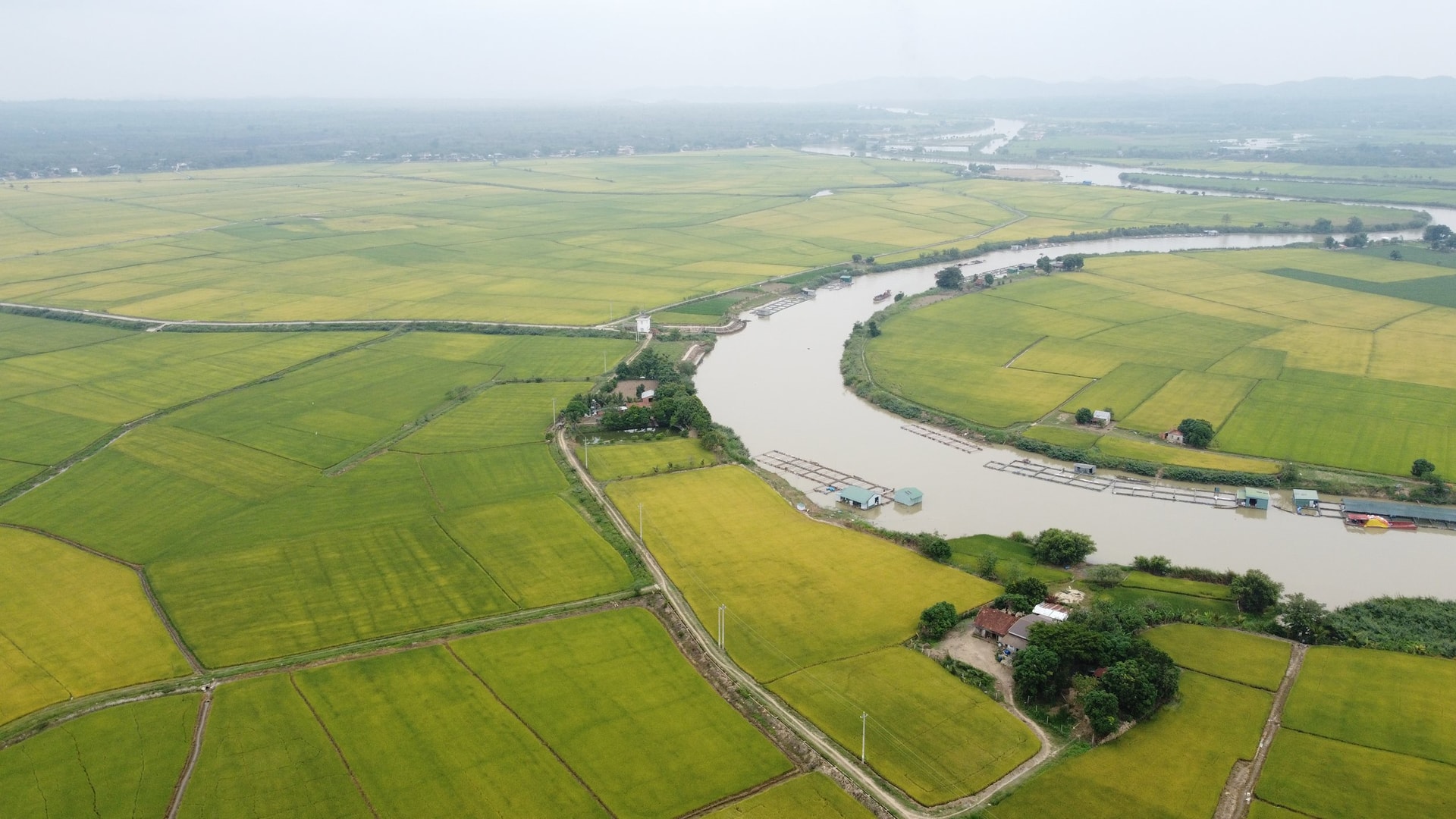
“Agricultural tourism in Lam Dong is not only different from other regions in the country, but also different from the whole world if it knows how to combine agriculture - tourism - volcanoes - indigenous culture. That is a rare advantage that many countries dream of,” Mr. Tung affirmed. Not only stopping at visiting orchards, many businesses in Lam Dong have elevated the tourism experience by bringing tourists directly into the production process.
Mr. Le Van Hoang, Director of Bazan Dak Nong Coffee Company, Nam Gia Nghia Ward, said: “We cooperate with travel companies and gardeners to create tours to experience the production process of coffee, cocoa, and chocolate. In the past 3 years, we have welcomed about 2,000 visitors, many of whom have become long-term partners.”

With an area of over 24,000 km², Lam Dong is the largest province in the country and possesses a unique ecosystem stretching from the highlands to the coast. In particular, Da Lat has long been a familiar destination with its cool climate, poetic landscape and high-tech agriculture. Meanwhile, Dak Nong UNESCO Global Geopark and Ta Dung area, known as "Ha Long Bay in the Central Highlands", have a wild beauty, attracting tourists who love nature and exploration.
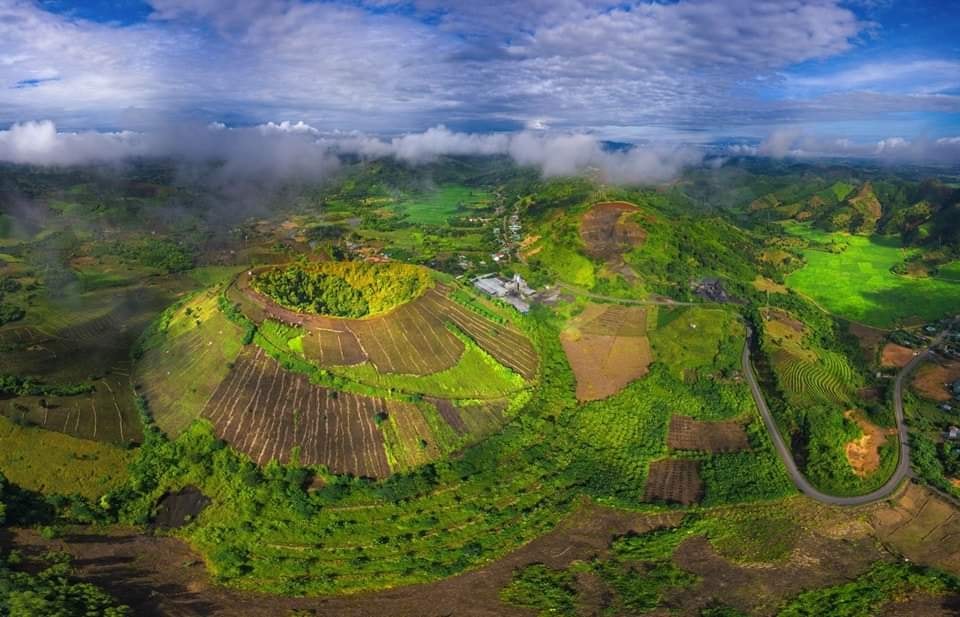
With 192 km of coastline, Lam Dong is known to tourists for many famous tourist destinations such as Mui Ne, Phan Thiet, Phu Quy Island... Not only stopping at becoming an ideal destination in Vietnam, Lam Dong is moving towards a further goal, which is to "position" Lam Dong on the international tourism map.
Source: https://baolamdong.vn/lam-dong-ket-hop-nong-nghiep-du-lich-382679.html


![[Photo] Collecting waste, sowing green seeds](https://vphoto.vietnam.vn/thumb/1200x675/vietnam/resource/IMAGE/2025/10/18/1760786475497_ndo_br_1-jpg.webp)
![[Photo] Closing ceremony of the 18th Congress of Hanoi Party Committee](https://vphoto.vietnam.vn/thumb/1200x675/vietnam/resource/IMAGE/2025/10/17/1760704850107_ndo_br_1-jpg.webp)
![[Photo] General Secretary To Lam attends the 95th Anniversary of the Party Central Office's Traditional Day](https://vphoto.vietnam.vn/thumb/1200x675/vietnam/resource/IMAGE/2025/10/18/1760784671836_a1-bnd-4476-1940-jpg.webp)



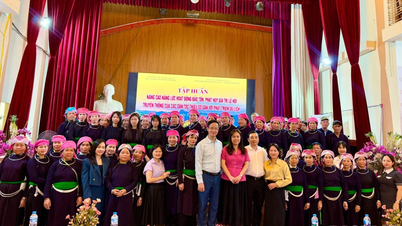

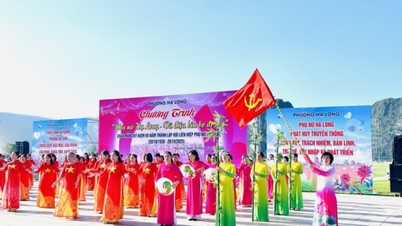

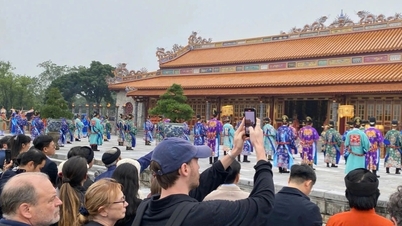

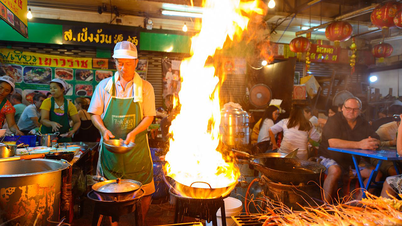

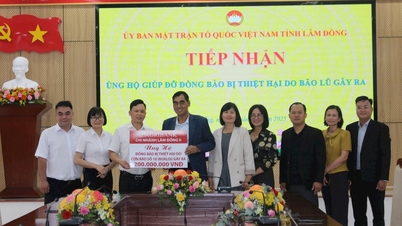

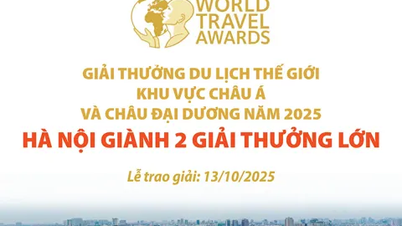






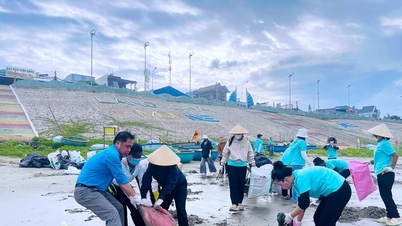
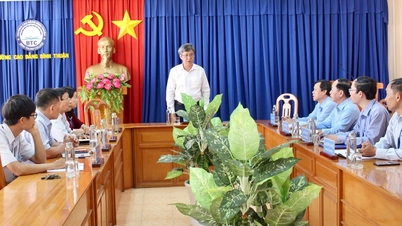




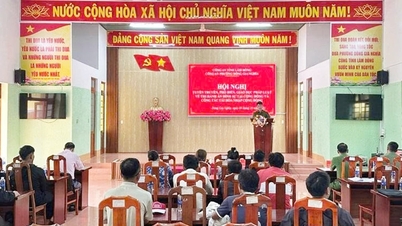



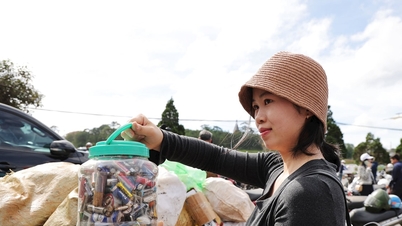
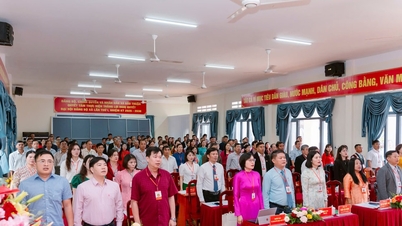
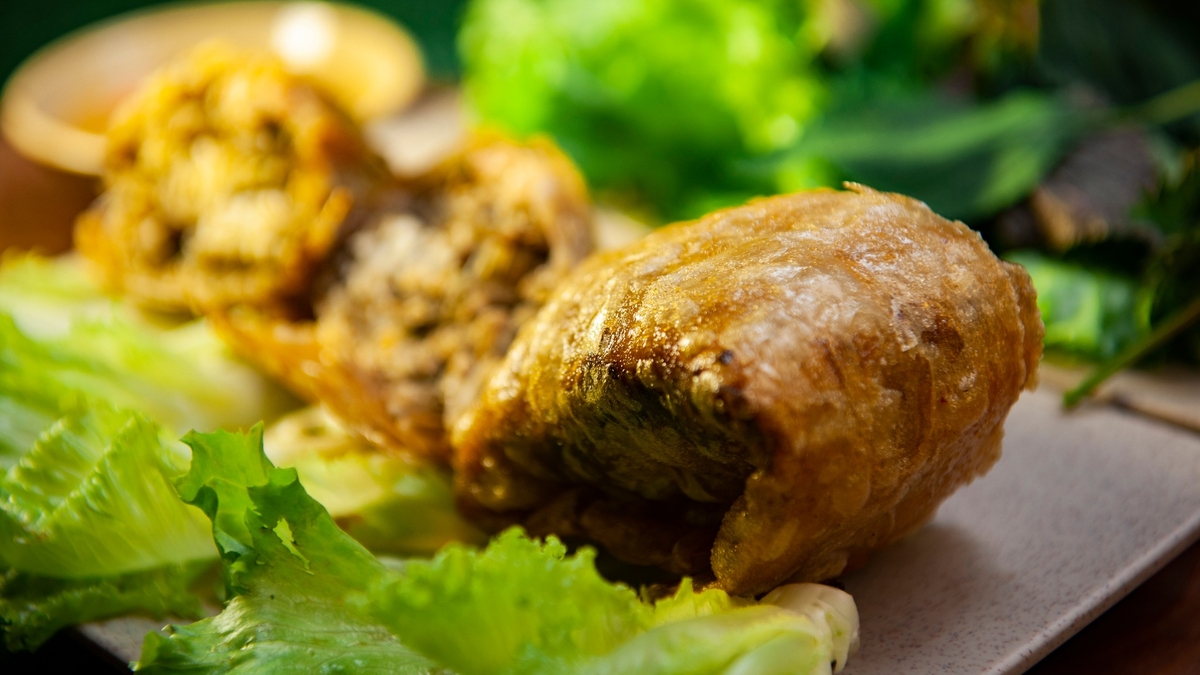
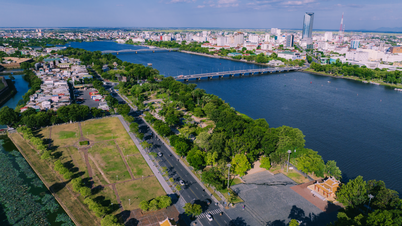



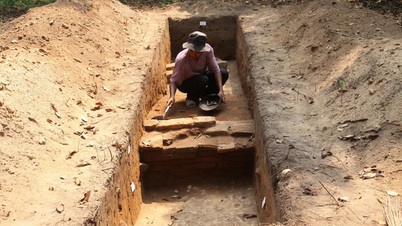
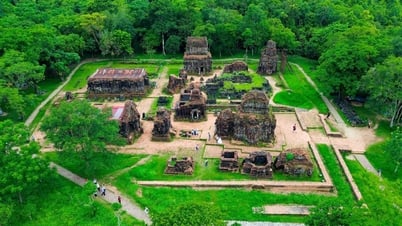



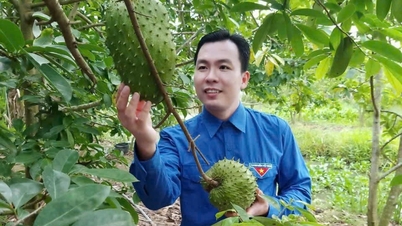

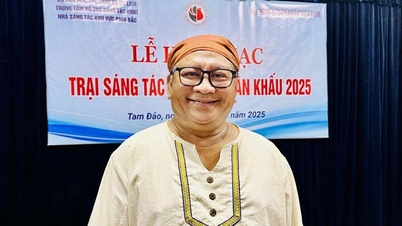










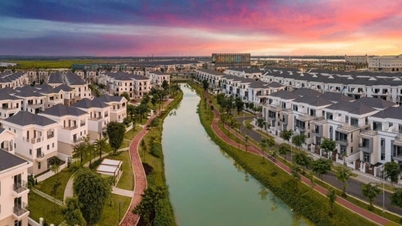
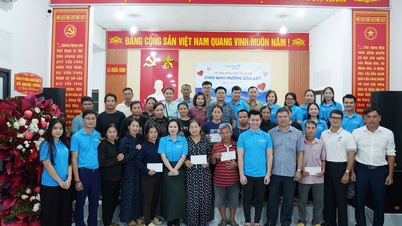


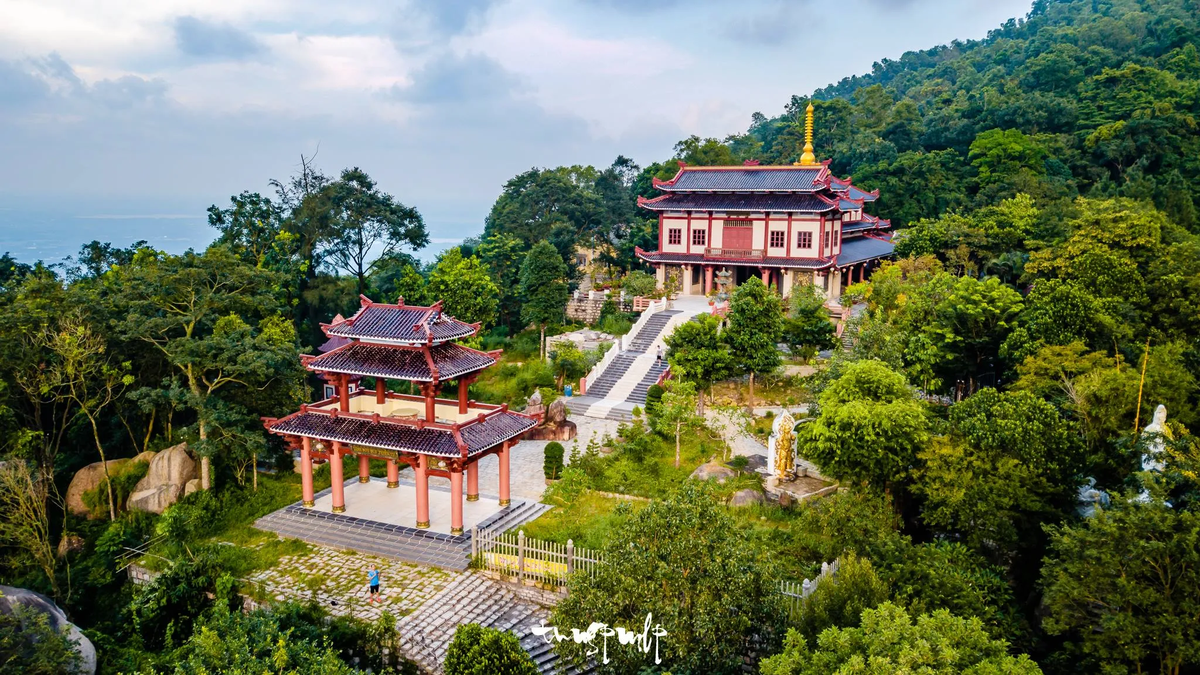
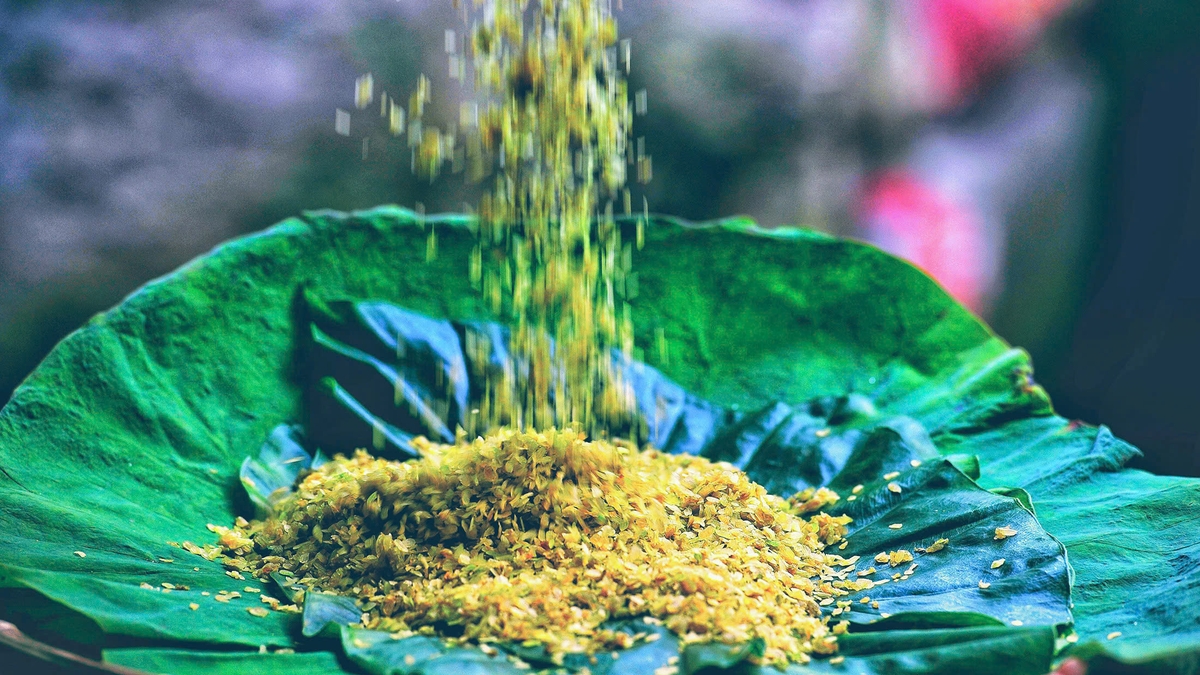
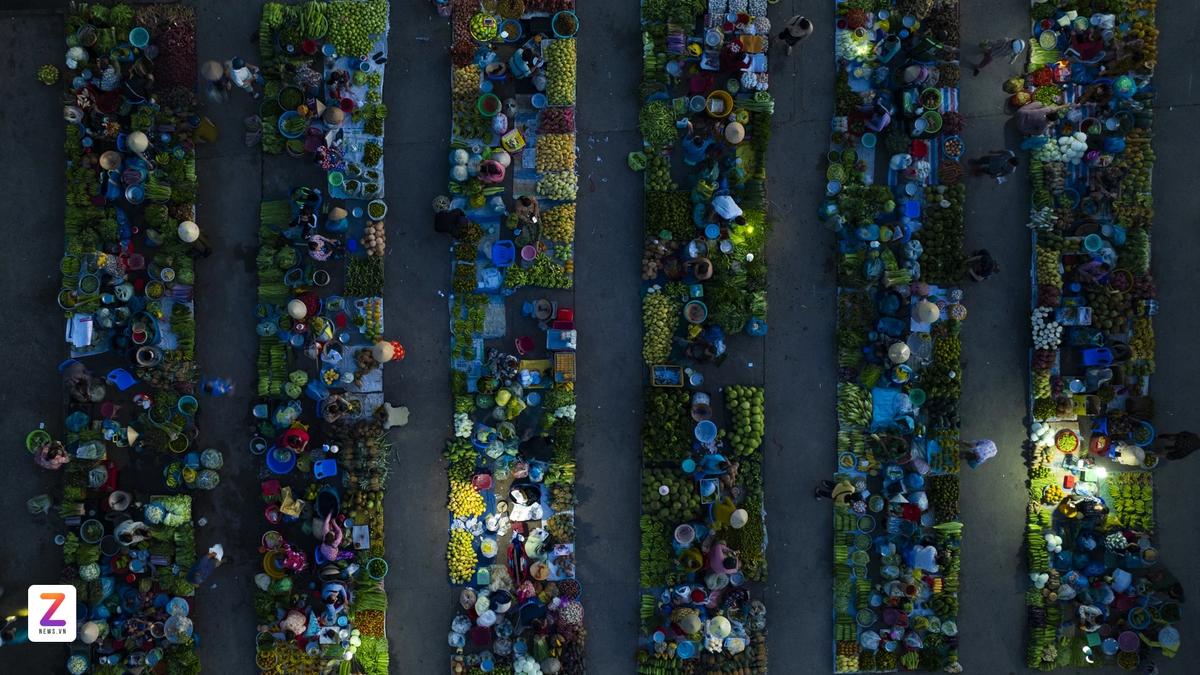


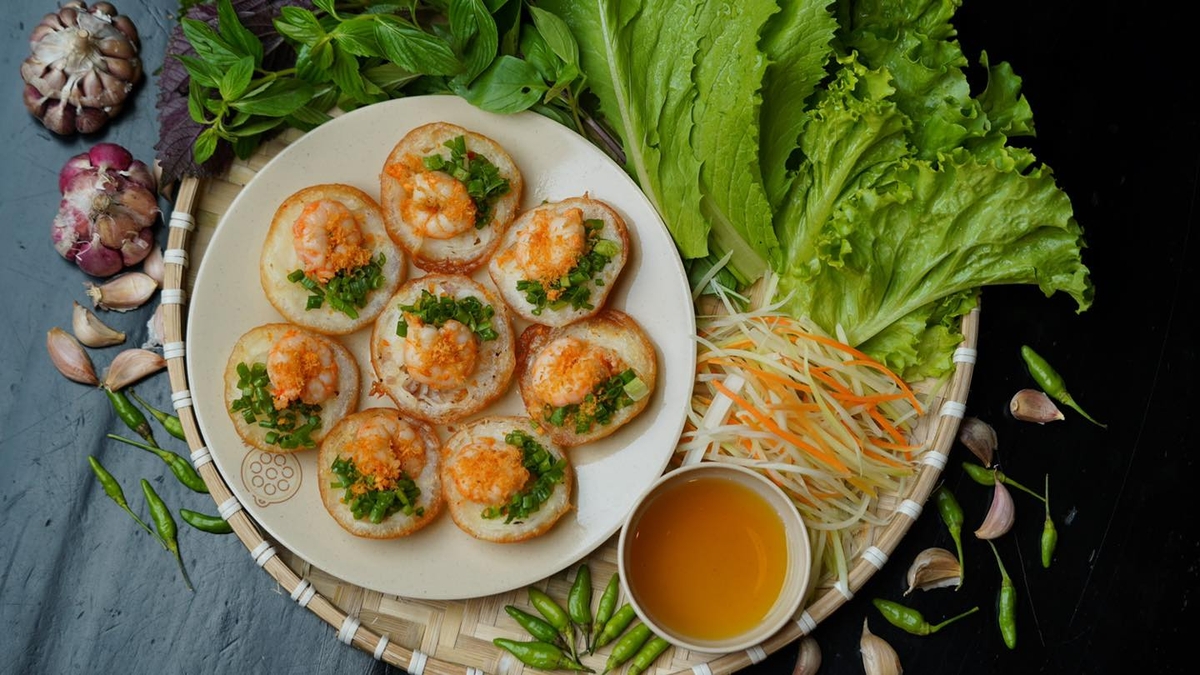



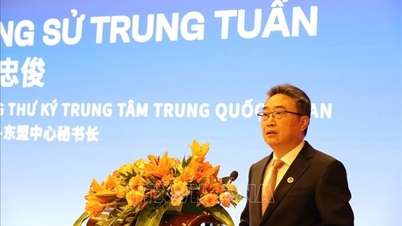

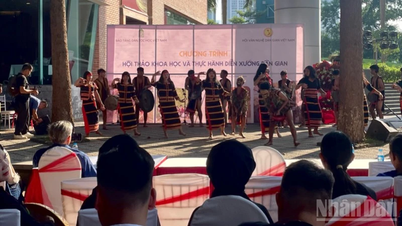




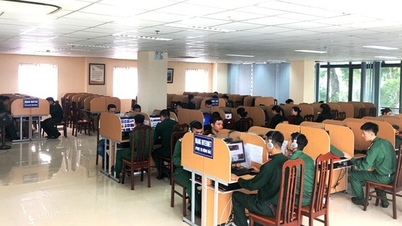




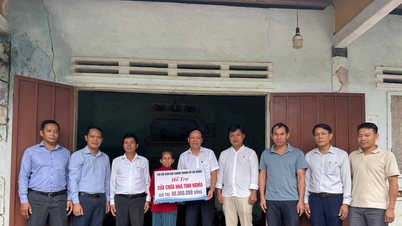

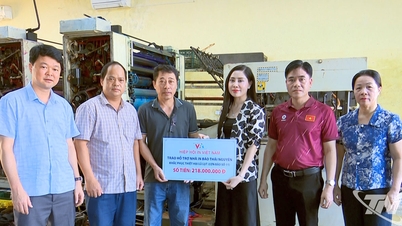



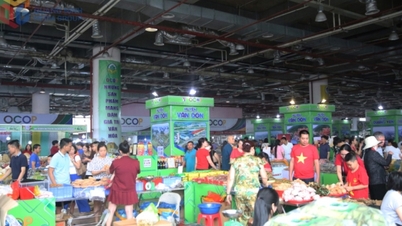





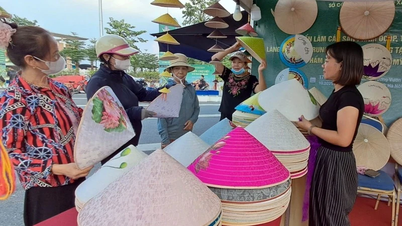
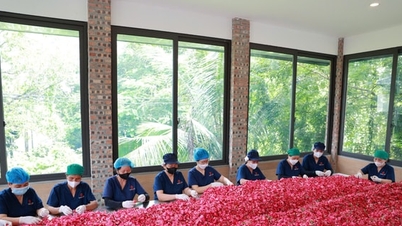

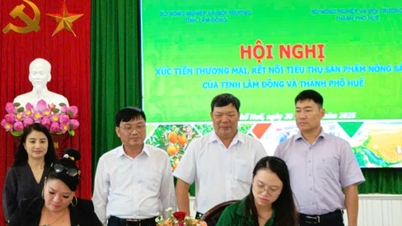







Comment (0)